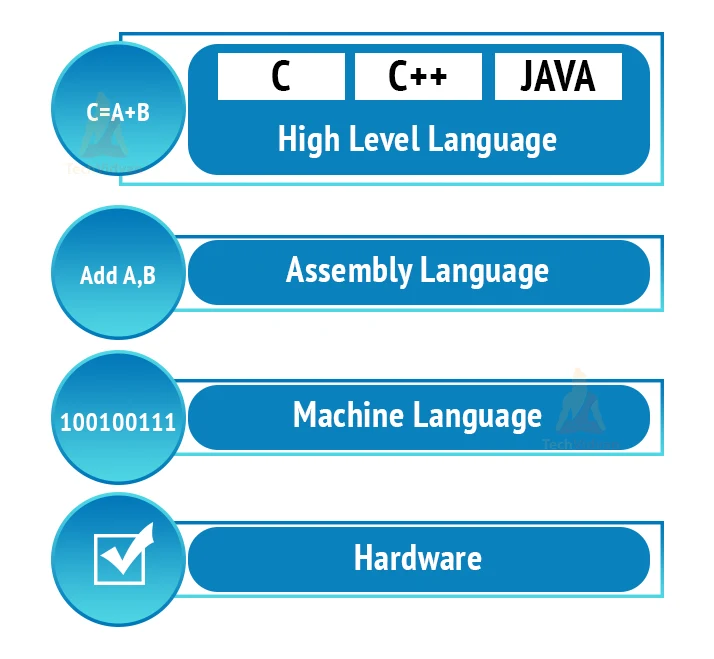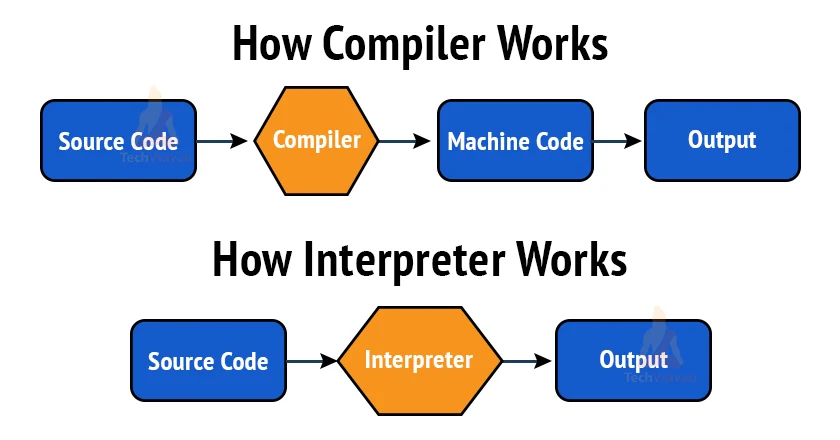IoT Software
The internet of things is a network of embedded objects or “things” such as sensors, software and other technologies whose main purpose is to transfer, store and exchange data. The devices include a wide range from household appliances to complicated industrial tools. IoT has one purpose- make human lives easier.
IoT has seen enormous growth in the past few years and will continue to expand its importance in the upcoming years. The reason is that thermostats, kitchen tools, baby monitors, bathroom appliances, cars and many more objects can now be connected to the internet which improves and modifies their functionality to a whole another dimension.
IoT is cost effective and reliable. Data analytics, Big data, the cloud and mobile appliances share and collect data through less human participation. This lays the foundation of IoT and the reason it holds such importance.
IoT appliances work through the integration of software and hardware. In this article we will look into the IoT software
Software Translation
1. The microprocessor does not directly process the code written by programmers.
2. It has to be compiled or interpreted first into a machine level language that is understood by the computer. Different processors understand their own machine level language. For example, Intel processors understand the X86 machine language.
3. Machine code is a simple set of instructions written in binary digits, 0s and 1s. It can also include hexadecimal digits. These instructions are understood by the computer.
4. Assembly language is a low level language. It is an intermediary language that both the machine and human can read without much difficulty. The instructions are simple. Assembly level language and machine level language have one to one mapping.
5. High level languages are programming languages. These are written and understood by human beings. They are much easier to use. IoT software mostly uses languages such as C,C++ and Java. These are object-oriented languages and they offer security and reusability.
6. Code written in high level language translates into machine level language before you can execute it. There are two ways to execute a code, they are compilation and interpretation. Sometimes a combination of both is also used.
7. Compilation is the process where the complete set of instructions translates into machine level language. It happens only once and it is then given to the machine to perform the tasks. C, C++ use compilation to translate code written in human language. Once the code is compiled, you execute the code repeatedly and you do not have to complete it again and again.
8. Interpretation on the other hand translates code side by side. It means that it interprets or translates the code line by line. The code converts into machine code during run time. This takes longer time to execute but it has an added advantage. Interpreted code generates less errors compared to compiled code as the next line of code does not execute if the previous line contains errors. Languages such as python and Java use this translation.
Top IoT Programming Languages
1. Python and C++
In this section, we will draw a quick comparison between python and C++
Python is used in Raspberry Pi and C, C++ is used in Arduino.
Python is an interpreted language, high level language. It is much easier to work with as compared to other programming languages due to its ease in readability of code. It uses dynamic memory allocation and you do not have to state special instructions to allocate or deallocate memory space.
C and C++ are compiled languages. As a result, they generate results and outputs faster but on the other hand programmers have to deal with more details and errors. These languages are commonly used to make embedded systems as they give more control to the programmer to make decisions.
2. Java
Java promotes integration of IoT devices. It contains auto-matic upgradation systems that makes Java an apt choice for constructing Iot devices. Java easily reaches millions of customers and users through modules and domains. Java’s code is reusable and portable. Java offers connectivity and security which is ideal for IoT systems.
3. B#
B# is ideal for small scale programming in IoT. Its design fits a small scale embedded control language. This program runs on various platforms through the EVM which consumes only 24K memory.
Data collection
Data collection is a method of using sensors to keep a track of physical changes in the environment. Devices that connect to IoT technology are capable of monitoring, collecting, storing, transmitting and retrieving data through the internet.
IoT devices gather the data and then the information goes to servers in clouds. The servers then process the information and generate a system response. The data goes through different layers with different protocols before being transmitted to a server. The software also ensures machine-to-machine networking.
1. Process IoT
The data from sensors is transferred to edge computing systems that processes and stores the data for further consumption.
2. IoT data analytics
Analysis tools help in the analysis and configuration of various types of data generated by any organization. There are various kinds of analysis as follows:
a. Perspective analytics
It finds the best solution on the basis of the options available. There are two kinds, descriptive and predictive analysis.
b. Spatial Analytics
Spatial analytics is responsible for dealing with the size, position and shapes of the data items. It uses the geometric properties to manipulate data.
c. Streaming Analytics
It deals with the processing of real time data to return faster and accurate results.
d. Time series Analytics
This observes the data over a period of time to gather information and generate responses.
IoT Device Integration
- IoT devices and integration go together. Integration helps collect data from physical surroundings, then moves this data for processing to servers.
- These servers store the information for producing better information in the future. Integration offers real time environment monitoring, data analytics and data processing.
- Software Integration is crucial in Internet of Things technology. It connects all IoT devices together and it promotes networking.
Real -Time analytics
- IoT is a form of technology that constantly connects to the internet to provide effective results. The networks must use protocols that ensure that the devices are constantly emitting, transferring and collecting data over the internet.
- In order for IoT to function properly and effectively, the devices must be capable of supplying real time information to the servers constantly.
- This property is what makes IoT so efficient and reliable. In order for IoT devices to operate properly, IoT software must ensure that there is a continuous transmission of data analyzation taking place.
Application and process extension
In order to extend a system beyond an existing network, applications must ensure integration of systems. This increases the performance of these devices and the user is able to extract much more information from the device than previously. You can also integrate these devices to meet a specific task.
The following are important Iot applications that we will look into in details in upcoming articles:
1. Connected Homes
Smart homes are the most ranging application of IoT. It involves the interconnection of various home appliances via the internet.
2. Connected vehicles
- Smart vehicles improve the functionality of normal cars.
- They offer a wide range of services such as traffic detection, automatic locking and temperature sense control.
3. Industrial Applications
- IoT is responsible majorly for transforming the consumer market and it will continue to do so in the upcoming years.
- Industrial applications of IoT include smart farming, smart healthcare, smart cities etc
- Iot is helping improve the customer service, operational efficiency, decision making and enhancing profits and budgets.
4. Wearable devices
Smartwatches and fitness bands are helping improve the health of their users and keep a track on calorie consumption for diet control.
Summary
In this article, we learned about the IoT software. We learn about a few basics of software such as software translation, compilation and interpretation. We looked at which programming language to choose from python and C++. Then we looked at softwares such as data collection, data integration, real-time analytics and application and process extension.


